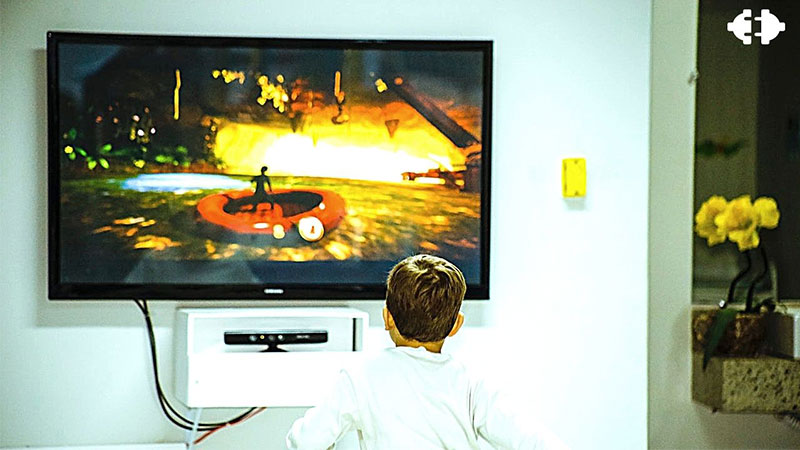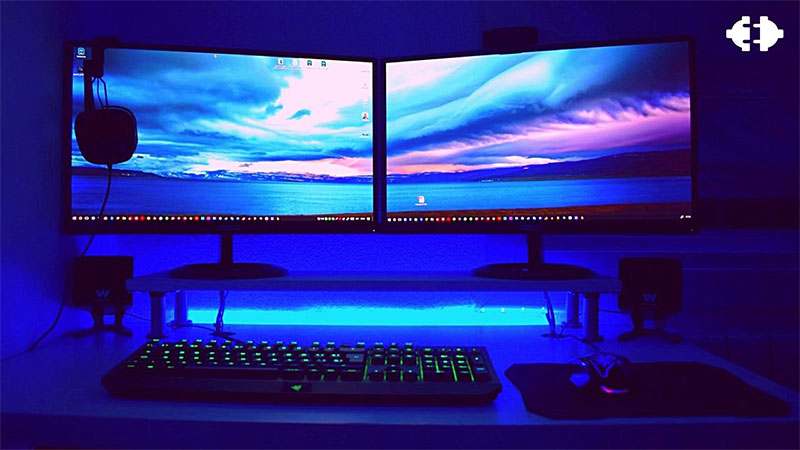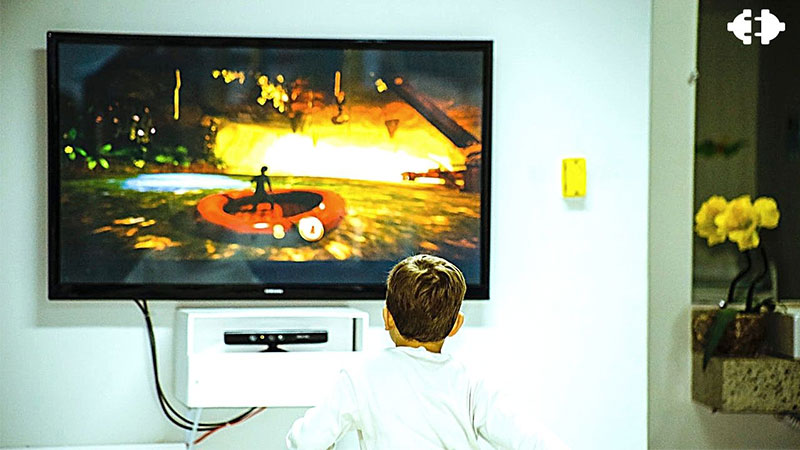Some of us have surely have heard about A+ grade and IPS panels. Earlier, people did not know much about technology, they just had to buy a TV. As more and more people use phones, computers, and other devices, they also like to know more about its features.

IPS is one type of LCD/LED technology used for producing better images and colour quality in Televisions.
A+ Panel, on the other hand, is a grading system designated by manufacturers. It is a rating.
All gadgets like TVs, computers and mobile phones provide entertainment and are slowly becoming necessary for work.
Now people need these gizmos irrespective of their age. Nowadays even older people usually spend their time watching TV shows and today’s generation works on computer and phones. The kids also attend online classes or use tablets for studying.
For this, they all need to look or stare at the screen for an extended period. This is continuously putting a strain on one’s eyes. The TV, phone, tablet screen, or computer screen should provide a strain-free experience to protect our eyes.
The TV manufacturers are quite aware of this and try to make tv panels as per prescribed standards. They pass the panels through various strict quality checks to check for scratches, vertical alignment, viewing angles, picture quality, spots, damages, blackish tinge, leakage, marks, etc.
They perform the process to make sure customers have no complaints when they get their product delivered.
If the panel is not of good quality, then the video seems distorted, and the user experience suffers. Sometimes the color and shade included in contrast get disturbed, and it adversely affects the picture quality.
To avoid these kinds of complaints from the customers, the manufacturers grade a panel. The score of the tv panel is decided by the material used, either high or low.
This transparency of the panel determines the quality of the picture on display. The more transparent the panel is, the better will be the quality of the image. But it is quite difficult to make transparent panels.
Uses of Panels in LCDs
In LCDs (Liquid crystal displays), the screen comprises a panel filled with liquid crystals. Through these liquid crystals, a light passes or is blocked. We can influence the passing and blocking ability of light by running an electric current through it.
As these liquid crystals can’t produce light, they place a fluorescent lamp behind the liquid crystal panel.
As the light is passed while they apply the electricity, the pictures and videos are displayed on the LCD screen.
A+ grade panel

These panels are achromatic, which means no color. We can see many panels forming a thin blackish line at the centre. The A+ grade panels are the ones that are scratch proof.
The A+ grade panel gives a transparent view, which is excellent for Android TV or laptop.
A+ grade panels are considered the best and most prominent type of the panel in the LCDs and LEDs. A+ grade means it has very few imperfections and is a good quality panel.
It is a screen panel rating. As done in any other field, grading is also done for various panel types. The manufacturer observes all the panels and grades them according to their features.
Many panels include a tinge black line, which remains constant and seems irritable. A+ grade panels are free from these types of defects and are achromatic.
Pros of A+ grade Panel
IPS Panel (In-plane switching)

There are mainly three-panel types in digital devices. The most common panels used these days are TN (Twisted nematic), VA, and IPS panels.
These panels impact the viewing experience of the user. The IPS panel is the most famous nowadays for its narrow viewing angle and good refresh rates.
This panel allows you to watch the laptop or TV screen from any corner with no difference in contrast.
We mainly use the IPS panel for computing and watching action movies. It provides a realistic view of the pictures displayed on the screen of a TV or a laptop.
Many international brands like Samsung, Sony, Panasonic make or produce IPS panels.
We see these panels in the large display screens available at airports with the plane’s schedules. As the IPS panel is known for its wide viewing angle display, we use it in the large display screen to properly view the picture.
Pros of IPS panel
Cons of IPS panel
Display Technology
We use the A+ grade and IPS panels in various devices like tablets, desktops, laptops, smartphones, TVs, and computers in India. As the technology is getting better, most of the devices feature an LCD or LED display view.
We need various panels to provide an unobstructed view, make the screen scratch-free, and enjoy action games and movies. The panels give a unique look when placed on any of the walls in the room.
They also provide excellent picture quality and make everything visible in a pleasant shade. Also, it makes any video or pictures more interesting for the audience.
Review on A+ grade and IPS panel
The A+ grade panel is a screen panel that assures that you get high-definition picture quality on the screen. It also comes with the most minor imperfections.
When comparing them with any other panel, this has the best features and quality panels. Nowadays, A+ panels are regarded as being better than plasma panel TVs.
We use panels in many devices like smartphones, Led TVs, LED, LCD TVs, etc. Every panel has its importance in various devices. Simultaneously, LED (light-emitting diodes) and LCD (liquid crystal display) screens are also two types of panels.
If you are going to buy any new device, you must consider the screen’s quality, screen size, and panel. This is something that distinguishes one device from another.
The IPS panel is then more expensive than any other panel. It is a screen technology. Still, it gives you better viewing, better colour, better refresh rates, better image quality, and a high-definition screen despite its cost.
IPS makes your screen look good and also enhances the view of the screen.
The IPS panel is primarily reviewed as the best display panel these days, which is used highly in LCDs and LED TVs.
Conclusion
In this article, I mention the different panels and their uses in India. Mainly I have focused on the differences between A grade and IPS panels. Both the panels are scratch-free and clear.
They are usually used a lot these days in LCD technology and LED TVs in India. If you want to buy an Ultra HD television, android tv, phone, computer, and any other related electronic devices, go for these panels. I hope this article was helpful to you.